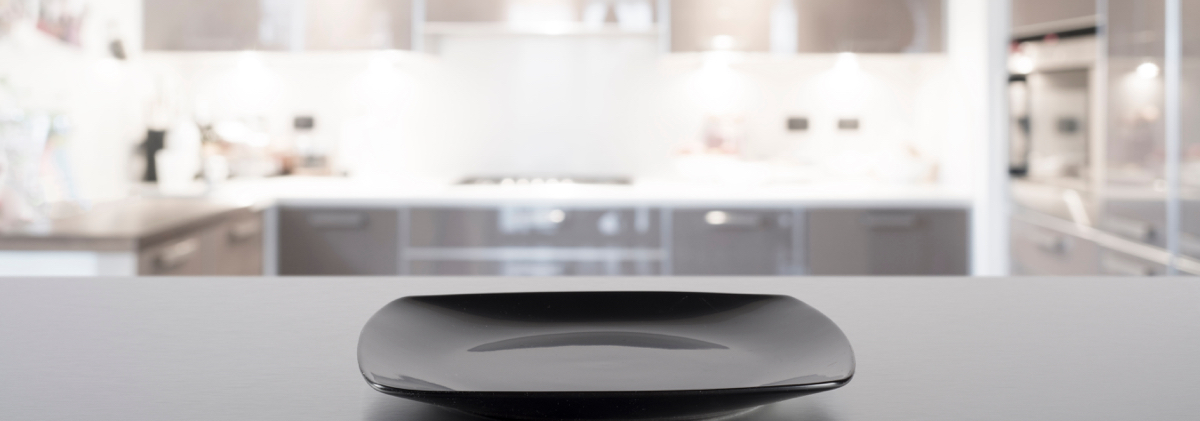
Having the right home gym equipment is just part of the equation when it comes to balancing your health and fitness. One of the other major components is your nutrition, and intermittent fasting is quickly becoming a hot topic among those looking to balance their exercise and dietary needs.
What Is Intermittent Fasting
Intermittent fasting is the practice of scheduling your meals to all fall within a certain time period, and you don’t eat outside of your eating time. While some may consider intermittent fasting a diet, this practice isn’t necessarily a diet; it is more of a dietary pattern.
Instead of having three meals a day, or any other variation like five small meals, those who follow intermittent fasting will often only have one or two meals in a day. This practice is possible as intermittent fasters stick to a small window of eating times and opting to fast for the majority of the day.
Types Of Intermittent Fasting Schedules
There are many variations of the intermittent fasting schedules, as people have tweaked them to suit their needs. Some of the most common ones you may want to experiment with as you test the effectiveness of intermittent fasting in your life are:
- 16/8 protocol – Following the 16/8 protocol means you will fast for 16 hours and eat during an 8-hour window.
- 12/12 protocol – Following the 12/12 protocol means you will fast for 12 hours and eat during a 12-hour window.
- 24-hour protocol – Many who participate in intermittent fasting will choose one additional day during the week where they abstain from eating for 24 hours.
You should tailor your eating window and fasting period to what makes sense for your lifestyle.
Benefits to Intermittent Fasting
There are many potential benefits to following an intermittent fasting routine:
- Improves insulin sensitivity
- Helps with weight loss
- Assists with efficient energy storage
- Increases fat burning for fuel
- Improves mental health
- Helps with cell resilience
The Driving Force Behind Intermittent Fasting
When your body can’t derive energy from food during the fasting phase, it enters a phase called gluconeogenesis. Your body will deplete its glucose stores in the liver and will then have to turn fat cells into glucose for energy. More calories are burned during this process because it’s a more intensive way to create energy in the body.
Many people pair intermittent fasting with their personal dietary habits such as keto, veganism, calorie counting, and more. For information about tracking your nutrition and trying new recipes that align with your goals, check out iFit®!
DISCLAIMER: This post is not intended to replace the advice of a medical professional. The above information should not be used to diagnose, treat, or prevent any disease or medical condition. Please consult your doctor before making any changes to your diet, sleep methods, daily activity, or fitness routine. NordicTrack assumes no responsibility for any personal injury or damage sustained by any recommendations, opinions, or advice given in this article.
Sources:
https://www.hsph.harvard.edu/nutritionsource/healthy-weight/diet-reviews/intermittent-fasting/
https://www.precisionnutrition.com/wp-content/uploads/2018/02/precision_nutrition_intermittent_fasting_ebook.pdf
https://www.healthline.com/nutrition/10-health-benefits-of-intermittent-fasting
https://www.ncbi.nlm.nih.gov/pmc/articles/PMC5783752/
https://www.nordictrack.com/learn/beginners-guide-ketogenic-diet/



